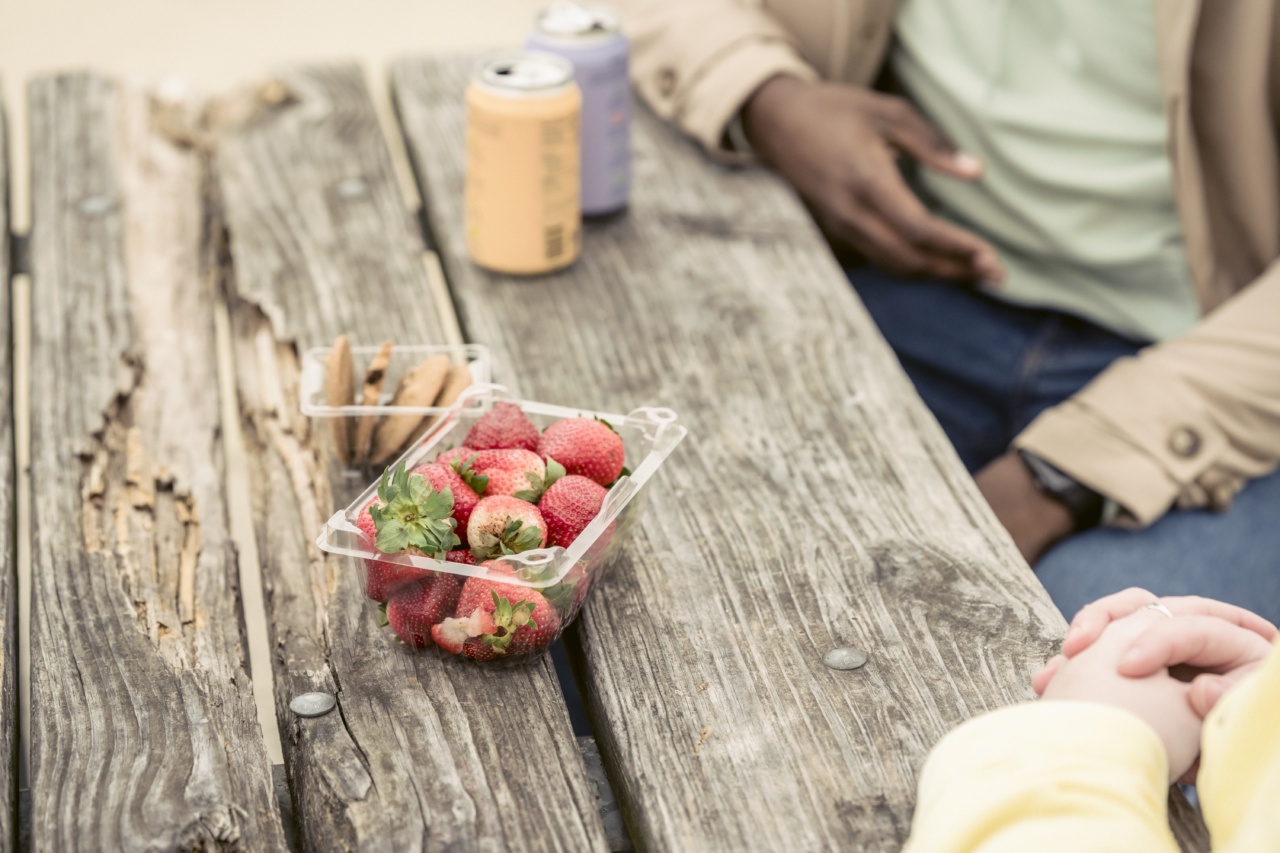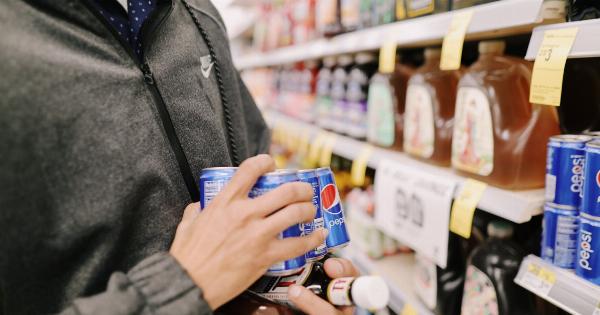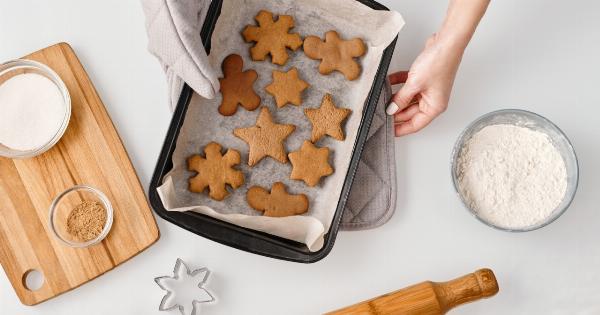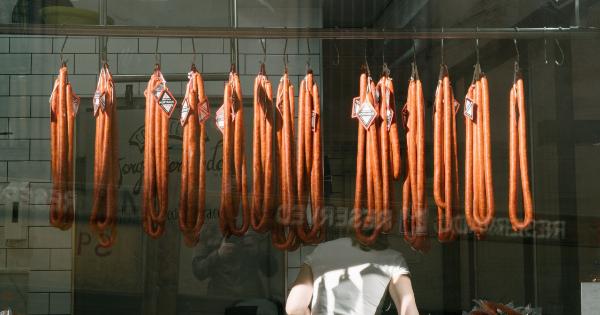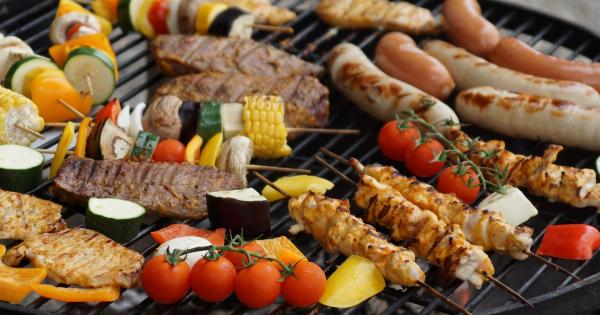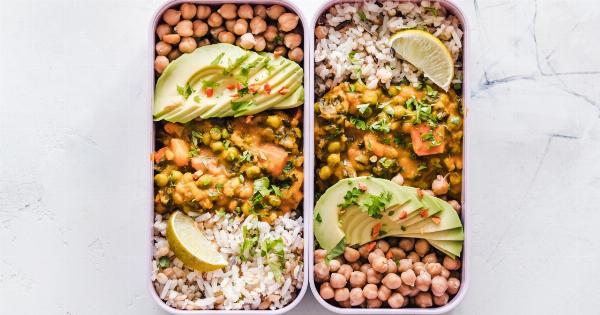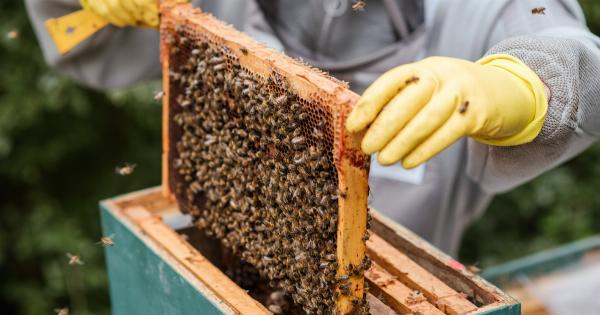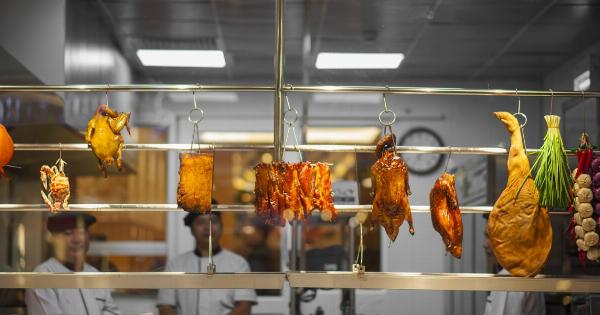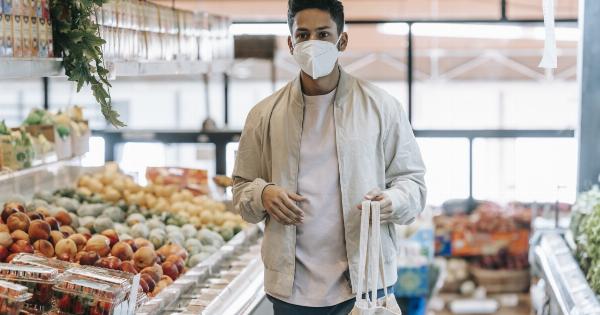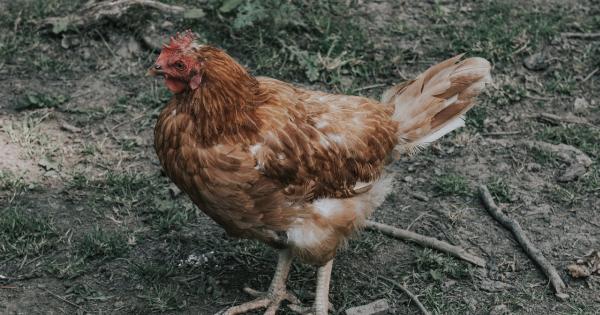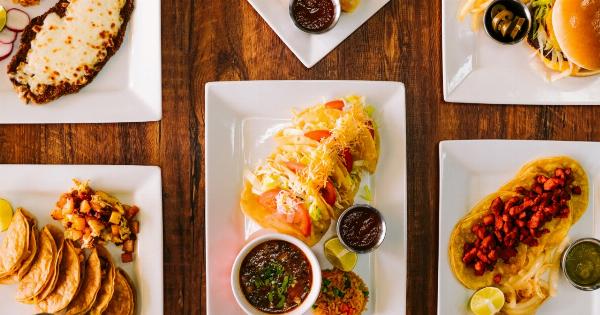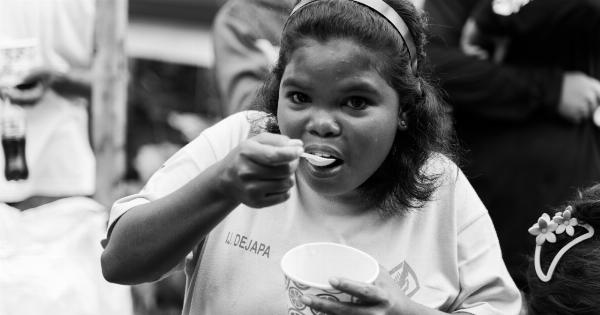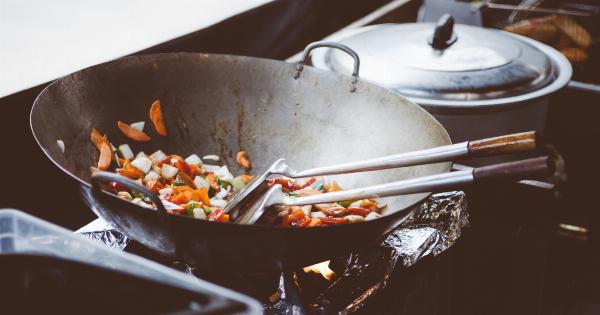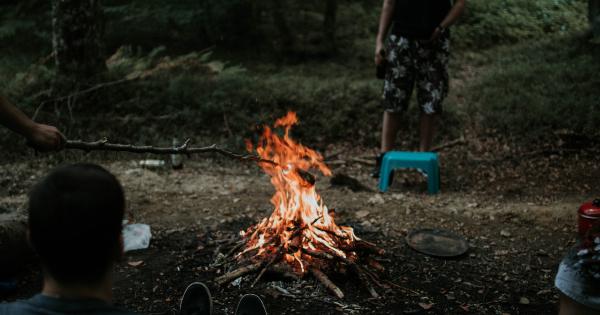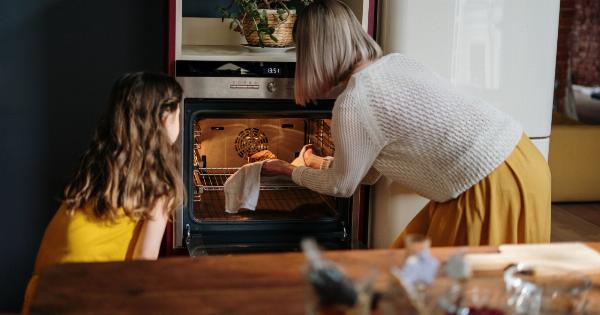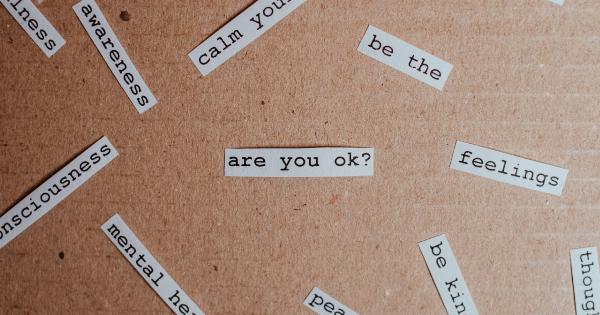Many of us have found ourselves in a situation where we have leftover food that we do not want to go to waste. Whether it’s a backyard barbecue, a picnic in the park, or a camping trip, leaving food outside seems like a convenient solution.
However, before deciding to leave food unattended in the open, we need to consider the potential risks and guidelines for doing so.
The Risks of Leaving Food Outside
Leaving food outside can expose it to various environmental factors that can lead to spoilage and the growth of harmful bacteria. Here are some of the main risks associated with leaving food unattended:.
1. Temperature Fluctuations
Temperature fluctuations are one of the primary factors that can cause food to spoil quickly. When food is left outside, it can be exposed to warm temperatures during the day and colder temperatures at night.
These extreme temperature changes can accelerate bacterial growth and increase the risk of foodborne illnesses.
2. Contamination by Animals
Leaving food outdoors can attract a wide range of animals, including insects, rodents, and birds. These animals can contaminate the food, making it unsafe for consumption.
They can carry diseases and leave behind droppings and saliva, posing significant health risks.
3. Exposure to Sunlight
Direct exposure to sunlight can cause food to spoil more rapidly. The heat from the sun can promote bacterial growth and affect the texture and taste of the food.
Additionally, sunlight can speed up the breakdown of certain nutrients, leading to nutritional loss.
4. Risk of Cross-Contamination
When food is left outside, there is a higher chance of cross-contamination.
For example, if raw meat or poultry is left in a container next to fresh produce, the harmful bacteria from the raw meat can transfer to the produce, increasing the risk of foodborne illnesses.
5. Insects and Pest Infestations
Leaving food outdoors can attract insects such as flies, ants, and beetles. These insects can easily contaminate the food, rendering it unsafe for consumption. They can also lead to pest infestations in the surrounding area.
Food Storage Guidelines for Outdoor Settings
While leaving food outside is not recommended, there are instances where it might be necessary or unavoidable. If you find yourself in a situation where you need to store food outside, here are some guidelines to follow:.
1. Use Proper Containers and Packaging
Ensure that the food is stored in airtight containers or sealed packaging to keep out pests and minimize the risk of cross-contamination. Use containers that are designed for outdoor use and can withstand temperature fluctuations.
2. Keep Food at Safe Temperatures
When storing food outdoors, it’s crucial to monitor the temperature to prevent bacterial growth. Use insulated coolers or containers with ice packs to keep perishable items chilled.
If the temperature exceeds 40°F (4°C), it’s best to discard the food.
3. Minimize Exposure to Sunlight
Avoid placing food directly under the sun. Use shaded areas or cover the food with umbrellas, tarps, or other protective coverings. This will help to maintain a cooler temperature and prevent direct exposure to sunlight.
4. Monitor the Duration
Do not leave food outside for extended periods. If the food has been sitting outside for more than two hours, it is advisable to discard it, especially if it’s perishable.
In hot weather (above 90°F or 32°C), the time limit should be reduced to one hour.
5. Practice Good Hygiene
Always wash your hands before handling food, even if you believe it is safe to consume. Avoid touching food with bare hands to minimize the risk of contamination. Use utensils or disposable gloves when serving or transferring food.
How Long Can Different Types of Food Last Outside?
The duration that food can last outdoors depends on various factors, including the type of food, temperature, and storage conditions. Here’s a general guideline for how long certain foods can last outside:.
1. Perishable Foods
Perishable foods, such as meat, poultry, seafood, dairy products, and cooked leftovers, should not be left outside for more than two hours (or one hour if the temperature is above 90°F or 32°C).
These foods are highly susceptible to bacterial growth and can cause foodborne illnesses if consumed when spoiled.
2. Fruits and Vegetables
Fresh fruits and vegetables can last slightly longer outdoors, but they still need to be consumed within two to four hours. Wash them thoroughly before leaving and keep them in a shaded area or a cooler with ice packs to maintain freshness.
3. Condiments and Sauces
Condiments and sauces, such as ketchup, mayonnaise, and salad dressings, should be used within two hours of being placed outside. These items typically contain perishable ingredients and can quickly become a breeding ground for bacteria.
4. Packaged Snacks and Non-Perishable Foods
Non-perishable foods, such as packaged snacks, chips, canned goods, and dried fruits, can be left outside for longer periods without immediate concern.
However, it’s still essential to check for signs of damage, pests, or expiration dates to ensure they are safe to consume.
Safe Alternatives for Food Storage
If you’re concerned about leaving food outside and want to ensure its safety, there are alternative options for outdoor food storage:.
1. Portable Coolers
Investing in a good-quality portable cooler can help maintain the temperature of perishable foods and extend their shelf life. Look for coolers with insulation and ice retention properties for the best results.
2. Insulated Food Bags
Insulated food bags can be a convenient option for short-term outdoor food storage. These bags are designed to keep food at safe temperatures and are easy to carry around.
3. Picnic Baskets with Cooling Compartments
Picnic baskets with built-in cooling compartments or insulation are ideal for outdoor gatherings. They allow you to keep perishable items chilled and organized while enjoying your time outdoors.
Conclusion
While it may be tempting to leave food outside for convenience, it is generally not safe to do so. Food left unattended outdoors can quickly spoil, leading to the growth of harmful bacteria and potential foodborne illnesses.
Always prioritize food safety by following proper storage guidelines and using suitable containers and cooling methods. It’s better to discard any food that has been left outside for an extended period since the risk of contamination and spoilage increases significantly.
Invest in portable coolers or insulated food bags for outdoor events to ensure the safety and quality of your food.
